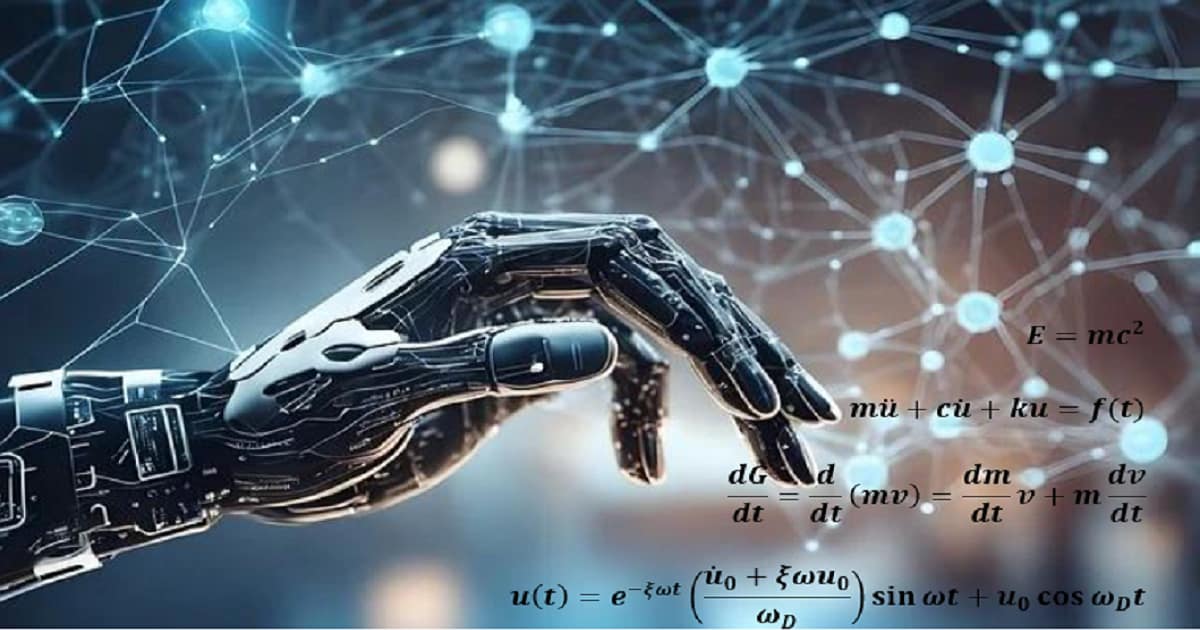- 2.5Impact Factor
- 5.5CiteScore
- 20 daysTime to First Decision
Innovations in Artificial Neural Network Applications
This special issue belongs to the section “Computing and Artificial Intelligence“.
Special Issue Information
Dear Colleagues,
Rapid advances in artificial intelligence (AI) are transforming society, promising faster and more sustainable technological progress. However, current AI models, including large language models (LLMs), face limitations such as hallucinations, unreliability, lack of interpretability, etc. For this Special Issue of Applied Sciences, we invite research contributions aimed at improving AI systems, with a focus on enhancing artificial neural networks (ANNs) for diverse applications across scientific disciplines. A key emphasis is on integrating symbolic logic approaches and first principles into AI methodologies.
Traditional AI systems often operate as (statistical) black boxes, offering predictions or results with limited insight into their reliability or underlying mechanisms. These challenges can be addressed by integrating first principles (and other modern scientific frameworks) and/or symbolic logic to enhance methods for quantifying predictive accuracy and relating results to some key statistical parameters. This approach holds the potential to transform AI tools into more transparent, interpretable, and robust systems, fostering greater trust and broader applicability. We welcome submissions addressing these intersections, paving the way for AI systems and ANNs that align more closely with scientific rigor and especially practical utility.
Relevant topics include, but are not limited to, the following:
- Enhancing artificial neural networks;
- The integration of symbolic logic and first principles;
- Transforming AI tools into more transparent and interpretable systems;
- Greater trust and broader applicability.
Dr. Iztok Peruš
Prof. Dr. Milan Terčelj
Guest Editors
Manuscript Submission Information
Manuscripts should be submitted online at www.mdpi.com by registering and logging in to this website. Once you are registered, click here to go to the submission form. Manuscripts can be submitted until the deadline. All submissions that pass pre-check are peer-reviewed. Accepted papers will be published continuously in the journal (as soon as accepted) and will be listed together on the special issue website. Research articles, review articles as well as short communications are invited. For planned papers, a title and short abstract (about 250 words) can be sent to the Editorial Office for assessment.
Submitted manuscripts should not have been published previously, nor be under consideration for publication elsewhere (except conference proceedings papers). All manuscripts are thoroughly refereed through a single-blind peer-review process. A guide for authors and other relevant information for submission of manuscripts is available on the Instructions for Authors page. Applied Sciences is an international peer-reviewed open access semimonthly journal published by MDPI.
Please visit the Instructions for Authors page before submitting a manuscript. The Article Processing Charge (APC) for publication in this open access journal is 2400 CHF (Swiss Francs). Submitted papers should be well formatted and use good English. Authors may use MDPI's English editing service prior to publication or during author revisions.
Keywords
- artificial neural networks
- first principles
- symbolic logic approaches
- metals
- engineering
- physics
- mathematics
- applied sciences

Benefits of Publishing in a Special Issue
- Ease of navigation: Grouping papers by topic helps scholars navigate broad scope journals more efficiently.
- Greater discoverability: Special Issues support the reach and impact of scientific research. Articles in Special Issues are more discoverable and cited more frequently.
- Expansion of research network: Special Issues facilitate connections among authors, fostering scientific collaborations.
- External promotion: Articles in Special Issues are often promoted through the journal's social media, increasing their visibility.
- e-Book format: Special Issues with more than 10 articles can be published as dedicated e-books, ensuring wide and rapid dissemination.

